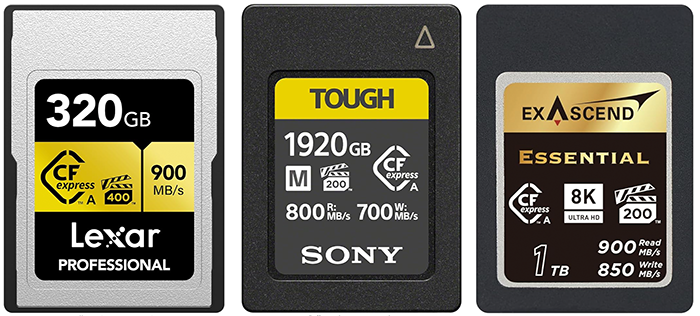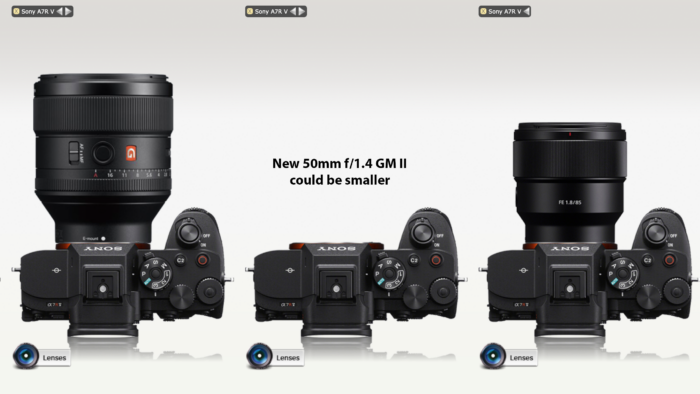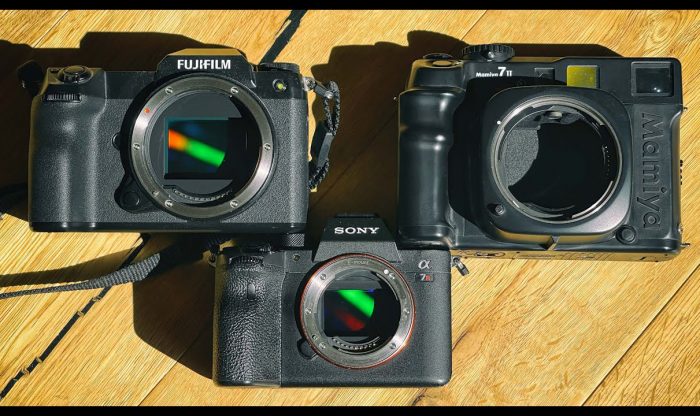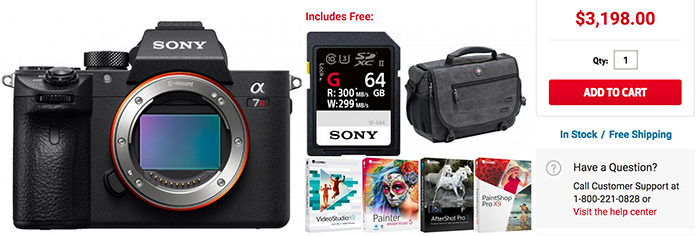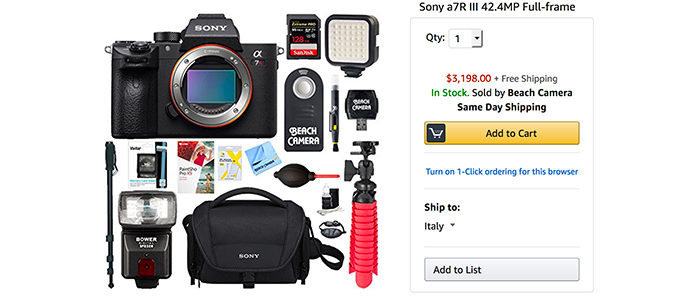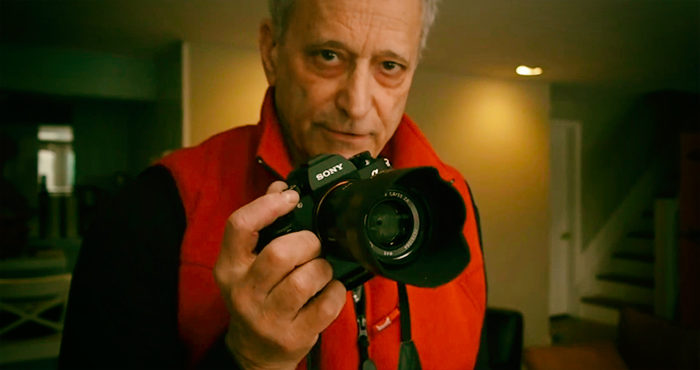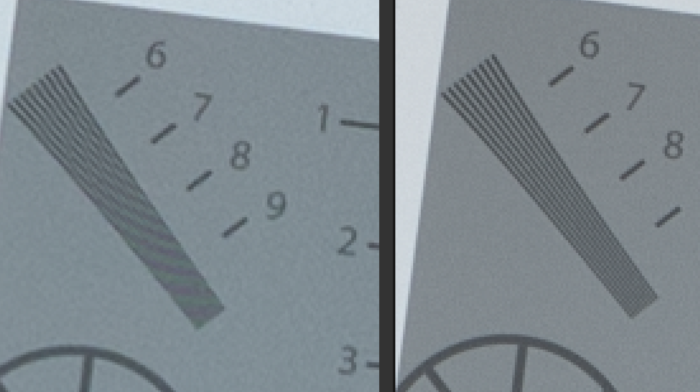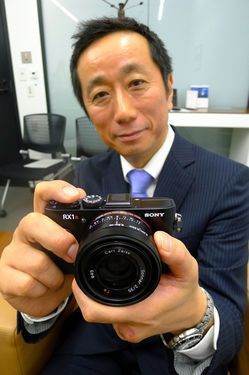
The Swedish Ljud & Bild (Sound & Image) magazine met Kimio Maki outside London for a short interview. This is the translation provided by our reader Johan:
L & B: What were the most important areas you would improve in the successor to A7r II?
KM: There were many things. We wanted better tethering, longer battery life, improved raw file processing, higher image quality on virtually all areas, but not necessarily even higher resolution. Everyone said the resolution was good enough, so we chose to better get pixel shift to work optimally, for those who need extreme resolution.
L & B: At the same time, have you tried to improve the dynamic range and color rendering in a7r III?
KM: Yes, we have used the same main processor as in the A9, but the A7r III has a newer operating standard that makes the camera faster, increases the dynamic range and gives better color depth and color tones.
L & B: (About pixel shift) Have you managed to make any significant improvements in noise reduction at high ISO values?
KM: A new integrated circuit with advanced algorithms enhances both color rendering and noise reduction compared to the predecessor.
L & B: The new integrated image stabilizer in the a7r III will provide up to 5.5-step stabilization and will be used when pixel shift is enabled. But then the camera must stand on the stand. How long does it take until you can use pixel shift when holding the camera?
KM: No idea. It is a technique that is difficult to develop. It is already difficult to develop photo sensors with more megapixels than we do today. One has reached a kind of saturation point for what is possible with today’s technology, so pixel shift is a way to get even more resolution, but it’s hard to do it so fast that you can hold the camera in your hand.
L & B: (Next generation) If it is difficult to increase the resolution on full-format sensors, what can be improved in next-generation cameras? Can global shutter (which, among other things, reduce rolling shutter effect) be a practical improvement?
KM: It’s a challenge. For example, if we can have 50MP resolution and enhance color dynamics, make the camera even faster – like a9 – it would be a dream combination, but right now it’s hard to succeed. I prefer to improve color rendering, dampen image noise, because there is more to download there than with resolution. SAR
L & B: (About ergonomics) You have chosen to put the switch to the left of the searcher on a7r III, why did you do it, and not as on a9 that has two setting wheels there?
KM: The concept is a bit like with cars. If you take a BMW 5 Series and compare with a 7 Series, you’ll see that much is similar on the inside. But in the 7 series there are several switches and settings. So it is between the a7 and a9 series. We prefer fewer buttons in the A7 series.
L & B: (The challenge with several focus points) You have developed an image sensor with 399 focus points covering over 60 percent of the image area. How difficult is it to develop focus sensors that cover 80 percent, rather than for example 90 percent, of the image area?
KM: The more the better, but in that case we need to let go of the photosensors sensitivity and resolution, so it’s a balance.
L & B: You have launched several new models in the Alpha 7- and 9-series, ie full-format cameras. Is it because you bet much more on full-format than cameras with APS-C sensors?
KM: Our strategy is to become a leader in all categories. So far, we have been among the leading consumer cameras, such as the RX series and the Alpha 6000 series, and now we are working to do the same with full-size cameras – especially for professional photographers. But we are still developing cameras in all categories.
L & B: (Full-format or APS-C cameras) Where do you see the biggest growth potential? In APS-C or Full-Size Segment?
KM: Probably in both. We have increased the range of different cameras in full format and see great potential for cameras with small image sensors. Fujifilm and Olympus have been successful with highend-APS-C and Micro Four Thirds models, and as the entry-level entry-level cameras decrease, it’s natural to focus on the highend segment. For us too.
L & B: Do you still see any future for advanced small-format cameras like the Sony RX10 IV? Even if it’s a costly camera?
KM: Oh, that’s an important segment. And it’s not as expensive as you suggest. The RX10 IV is actually one of our best cameras because the optical design is tailor-made for the image sensor, with advanced image correction during processing. So for photographers who need a smaller camera for landscape or nature photography, it’s an ideal camera because you get high resolution and image quality in a camera that can be used for everything. Do you bring a full-size camera and lens to the mountains? No, you bring many lenses. With an RX10 IV you do not have to.
We are trying to build cameras that suit different needs. Whether you want a camcorder, a better system camera like APS-C or full-format for the highest image quality.
L & B: (Challenges in the future) What would you say is the biggest challenge for the camera industry? How will you – and others – succeed in persuading people to buy a camera in the future?
KM: – It is one of the core issues for a manufacturer. Whether called Canon, Nikon or Sony. Our strategy is to revive the industry by expanding to fit more customers.
I do not think anyone has a definitive answer, but we see that everyone is taking pictures nowadays. Whether you are 10, 20 or 80 years old, you take pictures. It did not work either you or me when we were 10 years old? Today, creativity is so easy to express. You can take pictures everywhere, all the time, and develop. Then the interest comes, I think.
And it can be the photo industry’s rescue.
